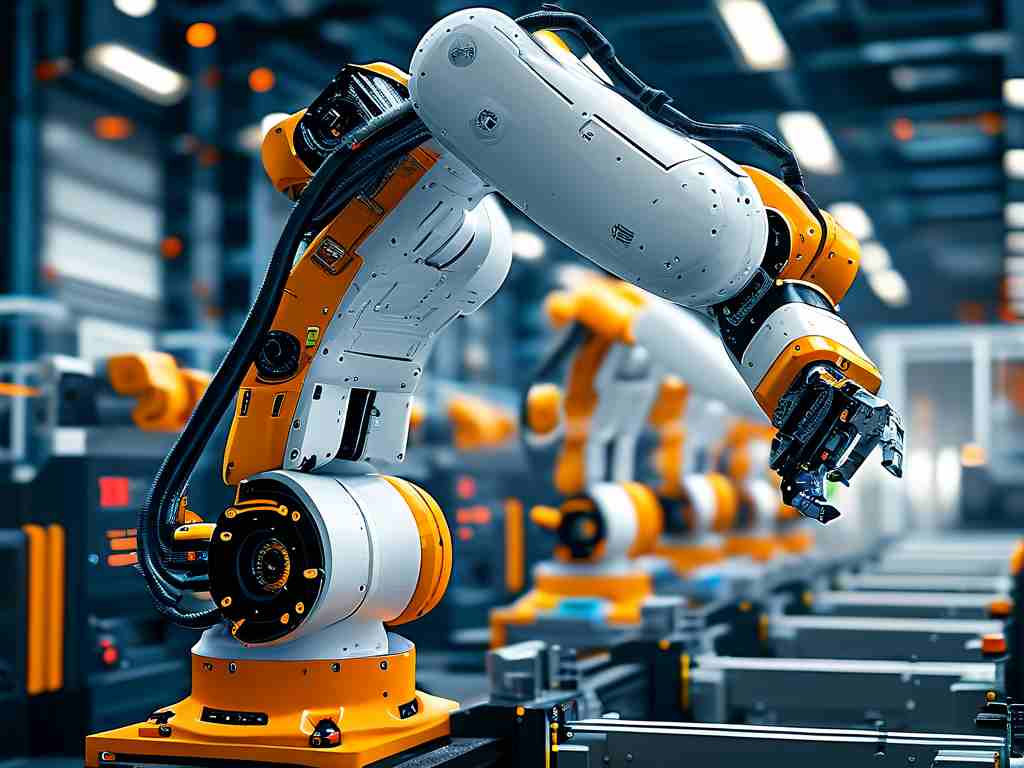The advancement of robotic arm technology relies heavily on sophisticated algorithms that enable precision, adaptability, and real-time decision-making. From manufacturing lines to surgical suites, these algorithms form the backbone of robotic operations. This article explores seven core algorithmic frameworks driving today’s robotic arm innovations while highlighting their practical applications.

1. Kinematics and Inverse Kinematics
At the heart of robotic movement lies kinematics – the mathematical modeling of motion without considering forces. Forward kinematics calculates end-effector positions based on joint angles, while inverse kinematics (IK) solves the reverse: determining required joint angles to achieve a target position. Modern IK solutions often employ numerical methods like the Jacobian matrix or machine learning models to handle complex multi-axis systems. A simplified Python pseudocode snippet demonstrates iterative IK:
def inverse_kinematics(target, tolerance=0.01):
current_pose = get_current_position()
while distance(current_pose, target) > tolerance:
jacobian = compute_jacobian()
angle_adjust = jacobian.T * (target - current_pose)
update_joints(angle_adjust)
current_pose = get_current_position()
return success
2. Dynamic Control Systems
Dynamic algorithms account for mass distribution, inertia, and external forces. The computed torque control method combines feedforward and feedback elements:
tau = M(q)*(q_ddot_desired) + C(q,q_dot) + G(q) + Kp*(q_desired - q) + Kd*(q_dot_desired - q_dot)
Where M represents inertia matrix, C Coriolis forces, and G gravitational effects. This approach enables smooth motion under variable payloads – crucial for applications like package sorting.
3. Path Planning Architectures
Robotic arms employ probabilistic roadmaps (PRM) and rapidly-exploring random trees (RRT) for obstacle avoidance. Recent hybrid models integrate deep reinforcement learning with traditional algorithms, reducing planning time by 40-60% in cluttered environments. A hospital logistics robot might use such systems to navigate around movable equipment while maintaining sterile protocols.
4. Visual Servoing Techniques
Image-based visual servoing (IBVS) continuously adjusts joint parameters using camera feedback. Advanced implementations fuse multiple sensor inputs:
error = feature_position - desired_position joint_velocity = -lambda * J_pinv * error
Where J_pinv denotes the pseudo-inverse of the image Jacobian. This enables sub-millimeter precision in semiconductor wafer handling systems.
5. Force-Torque Regulation
Impedance control algorithms create virtual spring-damper systems between the end-effector and environment. The governing equation:
F = K*(x_desired - x_actual) + B*(dx_desired - dx_actual) Allows delicate operations like inserting microchips without damaging components, achieving force accuracy up to ±0.1N in state-of-the-art systems.
6. Machine Learning Integration
Contemporary systems leverage neural networks for predictive maintenance and anomaly detection. A 2023 study showed convolutional LSTMs can predict bearing failures 85 hours in advance with 92% accuracy. Transfer learning adapts pre-trained models to new tasks using minimal data – critical for rapid production line reconfiguration.
7. Adaptive Control Frameworks
Self-tuning algorithms like Model Reference Adaptive Control (MRAC) automatically compensate for system uncertainties. The update law:
d(theta)/dt = -gamma * tracking_error * system_state Enables consistent performance despite wear-and-tear or environmental changes, extending maintenance intervals by 30-50% in marine robotics applications.
Emerging Trends
Digital twin technology now enables algorithm testing in virtual environments before physical deployment. Cloud-based collaborative learning allows robot fleets to share optimization insights while maintaining data privacy through federated learning architectures.
As computational power grows, we’re witnessing algorithm convergence – where a single system might integrate model predictive control, computer vision, and reinforcement learning. These developments promise robotic arms capable of handling unpredictable scenarios from space debris capture to adaptive rehabilitation therapies.
The algorithmic evolution continues to push the boundaries of what robotic arms can achieve, transforming them from rigid automation tools into intelligent partners capable of sophisticated physical interactions.




